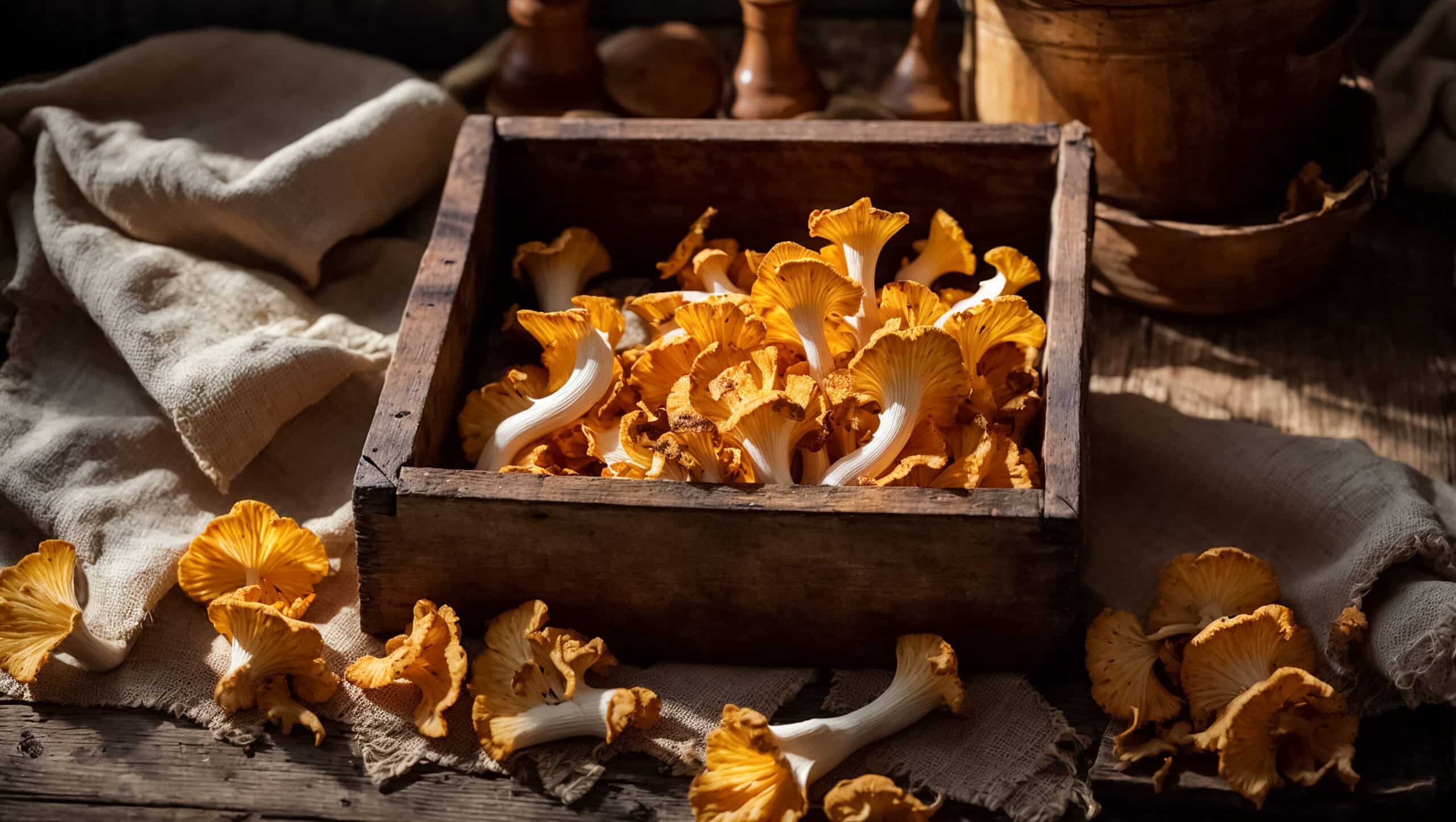Is Chicken of the Woods a Parasite?
Key Takeaways
- Chicken of the Woods is primarily a decomposer, feeding on dead or dying hardwood trees.
- While it can exhibit parasitic behavior on live trees, this is not its predominant mode of existence.
- Chicken of the Woods serves as an important component of forest ecosystems, providing habitats for various invertebrates, small mammals, and birds, and facilitating the decomposition process and nutrient recycling.
Chicken of the Woods, scientifically known as Laetiporus, is a type of mushroom that has garnered attention for its vibrant colors, distinctive appearance, and culinary potential. But does this mushroom have a parasitic nature? Let’s explore the information available to answer this question.
Understanding Chicken of the Woods
Chicken of the Woods is a polypore mushroom that belongs to the Laetiporus genus. It is characterized by its large brackets or shelves, ranging from 2 to 10 inches across and up to 10 inches long. The caps of the mushroom can be smooth to lightly wrinkled, with a suede-like texture.
The flesh of Chicken of the Woods is initially soft when young but becomes denser and tougher as it matures. Its vibrant yellow-orange colors make it easily recognizable in woodland environments. The undersides of the caps have whitish to yellowish pores, and the spores themselves are bright yellow.
Chicken of the Woods as a Decomposer
According to the available information, Chicken of the Woods primarily acts as a decomposer, feeding off and helping to break down the wood of dead trees. It plays a crucial ecological role in woods by decomposing the heartwood of trees, creating microhabitats for biodiversity.
This mushroom is known to cause a type of decay called “brown-rot” in the heartwood of trees on which it grows. It releases enzymes that modify the wood cell walls, allowing the decay of cellulose. This natural decay process is essential for the aging of trees and releases nutrients necessary for new growth.
Occasional Parasitic Behavior
While Chicken of the Woods is primarily a saprophyte, meaning it feeds on dead organic matter, there are indications that it can also act as a weak parasite. It has been observed causing brown cubical rot in the heartwood of live trees on which it grows.
However, it is important to note that this parasitic behavior is occasional and not its primary mode of existence. Chicken of the Woods generally prefers to grow on dead or dying hardwood trees, such as oak, cherry, or beech.
Ecological Significance
Despite its occasional parasitic behavior, Chicken of the Woods serves as an important component of forest ecosystems. It provides habitats for various invertebrates, small mammals, and birds. The decomposition process it facilitates contributes to the creation of microhabitats and the recycling of nutrients, supporting the overall health and biodiversity of woodland environments.
Conclusion
In conclusion, Chicken of the Woods is primarily a decomposer, feeding on dead or dying hardwood trees. While it can exhibit parasitic behavior on live trees, this is not its predominant mode of existence. The mushroom’s vibrant colors, distinctive appearance, and ecological significance make it a fascinating organism to study and appreciate in the natural world.
Related Websites:
- Laetiporus – Wikipedia
- Sulfur-Colored Chicken of the Woods – Missouri Department of Conservation
- Chicken of the Woods – Why Farmit
- Chicken of the Woods – Mushroom Appreciation
- Chicken of the Woods – Royal Botanic Gardens, Kew
- Chicken of the Woods – The Wildlife Trusts
- Chicken of the Woods Mushroom – Unruly Gardening
FAQs:
Q: Is chicken of the woods a parasite?
Chicken of the woods is generally considered a saprophytic fungus rather than a parasite. It obtains nutrients from decaying wood.
Q: What do chicken of the woods mushrooms look like?
Chicken of the woods mushrooms have a vibrant orange or yellow color and a shelf-like appearance. They can grow in overlapping layers, resembling the texture of cooked chicken.
Q: How does chicken of the woods taste?
Chicken of the woods mushrooms have a unique taste that some describe as similar to chicken or seafood. They can be tender and juicy when cooked properly.
Q: Are there any health risks associated with consuming chicken of the woods?
While chicken of the woods is generally safe to consume, it is important to properly identify and cook it to avoid potential allergic reactions or digestive issues. As with any wild mushroom, it is recommended to consult a knowledgeable expert before consumption.
Q: How can I differentiate chicken of the woods from potentially parasitic look-alike species?
Differentiating chicken of the woods from potentially parasitic species can be challenging. However, some tips include examining the color, texture, and growth pattern of the mushroom, as well as consulting field guides or experienced foragers for accurate identification.






